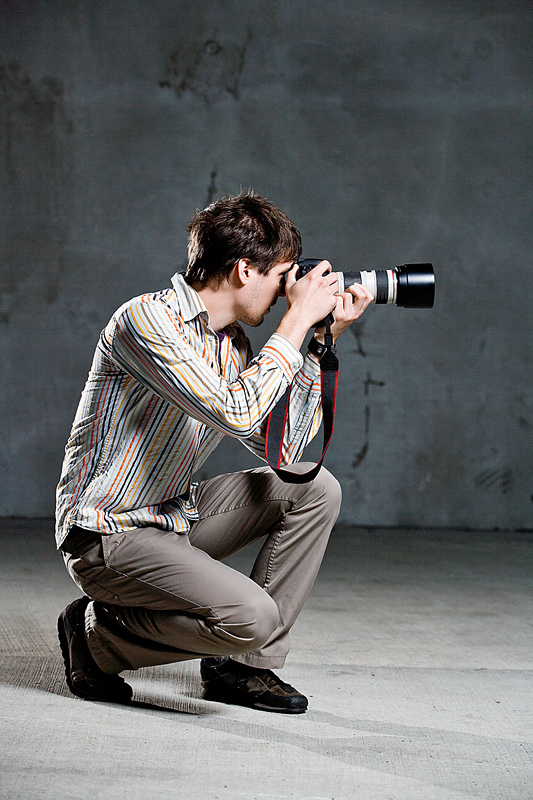Marketing photography isn’t just as simple as point and shoot. There are other valuable considerations that come in to play, such as tone, audience, filters, style, etc. There are also tools of the trade that need investing in. Often enough I get the chance to work with professional photographers, which has afforded me the chance to get to know the industry a bit. Here’s some insider knowledge I picked up that you can apply to your marketing photography goals:
iPhones and iPad – I pretty much ditched my DSLR as soon as I got my iPhone. Then again, I didn’t have a top of the line camera. It was a decent functioning camera; quite good actually, which is why I still use it for larger capacity videos. However, the problem with a camera is that you have to go and dig it out, whereas your iPhone is ready to go (and likely already on or around you). There’s marginal difference between the 4s and 5 phones so you’re pretty much guaranteed a great shot.
I always complained about needing to get my camera settings just right when using a traditional camera. I would spend more time looking at the functions than at the subject. Needless to say, this was very frustrating. Apple gadgets are a game changer; since using them, I’ve never had to mess with camera settings again. You’re almost guaranteed that what you see is what you’ll capture.
Rent Equipment – Camera and equipment rentals are a fantastic solution for the times you need top notch equipment but can’t afford to buy it. In fact, a lot of professional photographers do this, especially ones just starting out. Say they have a shoot where they need a really high quality camera. They’ll book it as a rental and factor the cost of the camera into their charges.
I can’t speak enough on the value of a great camera. If you can afford it, get it. There’s no question about it.
 Best Cameras – A superb camera will make a spotty water-stained glass of water on a cheap half dusty table look like a luxury glass of water you would have to sell your soul to taste. No exaggerations; it’s that good. It’s tough to say what camera any one individual should get because everyone has different needs. But if you want to be able to produces marketing images that don’t require too much editing or pre-shoot arrangements, if you want people to stop and drool over your images, you really need a camera at the higher end of the range – and preferably a Nikon.
Best Cameras – A superb camera will make a spotty water-stained glass of water on a cheap half dusty table look like a luxury glass of water you would have to sell your soul to taste. No exaggerations; it’s that good. It’s tough to say what camera any one individual should get because everyone has different needs. But if you want to be able to produces marketing images that don’t require too much editing or pre-shoot arrangements, if you want people to stop and drool over your images, you really need a camera at the higher end of the range – and preferably a Nikon.
Nikons supersede Canons for a half dozen reasons. Nikon’s lenses are timeless and work with future models, whereas Canon lenses have compatibility limits. Nikons offer a good price point, tech specs, HD video and they’re reasonably priced. For a mid-range price point, I’d recommend the Nikon d5000 for just under $600.
If you’re dead set on Canon, try the Canon 5d mark II. It’s more expensive and you’ll have the limitations set forth above, but you will get gorgeous photos.
Hire Services – If you can’t afford it, don’t want to pay for it and/or don’t want to learn how to use it, you can always hire a photographer. You also don’t have to break your wallet over it. A lot of newer photographers will be moderately priced and willing to work with your project needs. Good luck with veteran photographers (unless you’re in big business with big bucks to throw at them).
Before you hire a photographer, it’s really important to look at their work and see if their portfolio matches your style. Photographers are artists in their own right and if you are paying attention you’ll see that they each tend to have a signature style. You want to make sure their style complements your business. If you can, establish a great working relationship and get a photographer or two on the books. You’ll need them often enough and it’s worth the peace of mind to get someone who knows what they’re doing.
If you’re dead set on taking photos yourself, you can still hire out talent for Photoshop work. If you’ve got bulk photos without retouching needs, you can go through a company like FotoFafa for your basic photo processing needs. Consider that you can even hire a photographer to train you in using your camera and processing software.









